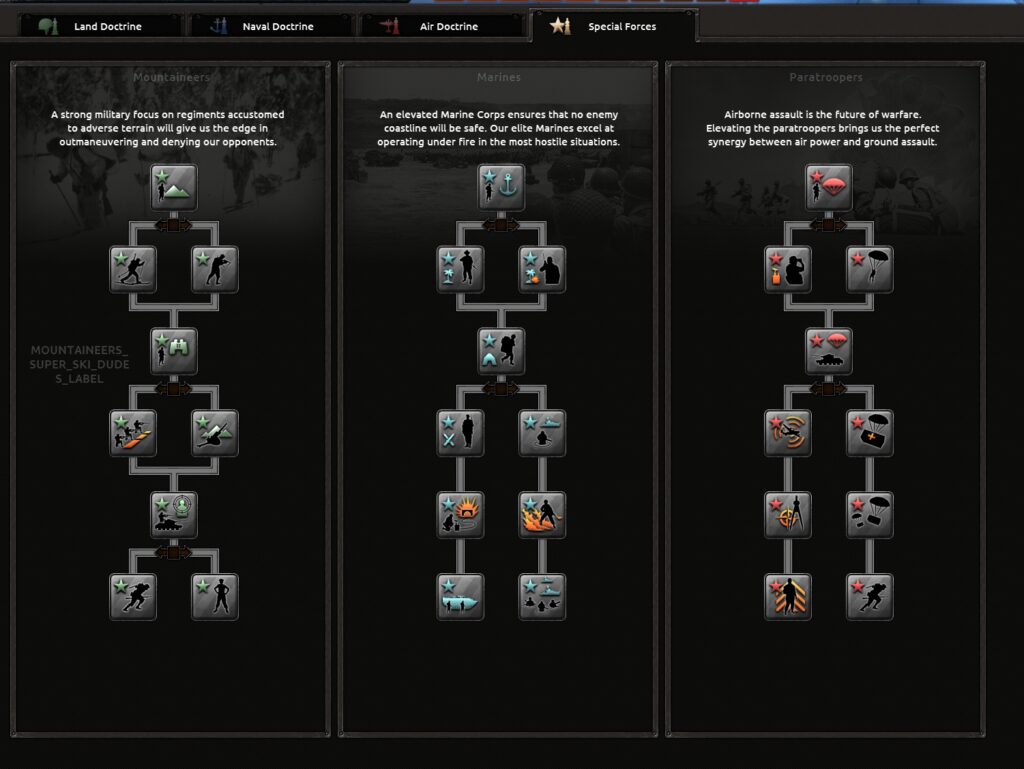Maneuver warfare is a military strategy that emphasizes speed, flexibility, and surprise to outmaneuver the enemy on the battlefield. This approach contrasts with attrition warfare, which relies on massed firepower and gradual erosion of the enemy’s forces. Key principles of maneuver warfare include speed, flexibility, surprise, and deception. By employing strategies such as flanking, penetration, encirclement, and exploitation, military units can disrupt enemy plans, create chaos, and achieve decisive victories with minimal casualties. Maneuver warfare offers a dynamic and effective approach to defeating the enemy on land, allowing commanders to seize the initiative and achieve strategic objectives.
Maneuver Warfare: Strategies for Outmaneuvering the Enemy on Land
Maneuver warfare is a military strategy that focuses on defeating the enemy by outmaneuvering them on the battlefield. It emphasizes speed, flexibility, and surprise to disrupt the enemy’s decision-making process and exploit their weaknesses. This approach differs from attrition warfare, which relies on massed firepower and gradual erosion of the enemy’s forces.
Key Principles of Maneuver Warfare
There are several key principles that guide maneuver warfare strategies:
Speed
Speed is essential in maneuver warfare to seize and exploit opportunities before the enemy can react. Rapid movement can disorient and surprise the enemy, creating openings for attack.
Flexibility
Flexibility allows military units to adapt to changing battlefield conditions quickly. This may involve adjusting tactics, shifting units, or reallocating resources to exploit vulnerabilities in the enemy’s defenses.
Surprise
Surprise is a critical element of maneuver warfare. By striking where and when the enemy least expects it, military forces can disrupt their plans and sow confusion among their ranks.
Deception
Deception is often used in maneuver warfare to mislead the enemy about the location or intentions of friendly forces. By creating false information or conducting feints and diversions, military units can lure the enemy into making mistakes or exposing their vulnerabilities.
Strategies for Outmaneuvering the Enemy
There are several strategies that can be employed to outmaneuver the enemy on land:
Flanking
Flanking involves attacking the enemy from the side or rear to bypass their frontline defenses. By encircling the enemy, military units can disrupt their communications and supply lines, forcing them to retreat or surrender.
Penetration
Penetration involves breaking through the enemy’s defenses to disrupt their rear areas or exploit weak points in their lines. This can create chaos and confusion among enemy forces, making it easier to defeat them in detail.
Encirclement
Encirclement involves surrounding the enemy on all sides to cut off their escape routes and isolate them from reinforcements. This strategy can lead to the complete destruction or surrender of the enemy force.
Exploitation
Exploitation involves capitalizing on the success of an initial maneuver to pursue and defeat the enemy while they are in disarray. By maintaining pressure on retreating enemy forces, military units can prevent them from regrouping and counterattacking.
Conclusion
Maneuver warfare offers a dynamic and effective approach to defeating the enemy on land. By focusing on speed, flexibility, surprise, and deception, military forces can outmaneuver their opponents and achieve strategic objectives with minimal casualties. By employing strategies such as flanking, penetration, encirclement, and exploitation, commanders can seize the initiative and decisively defeat the enemy on the battlefield.
